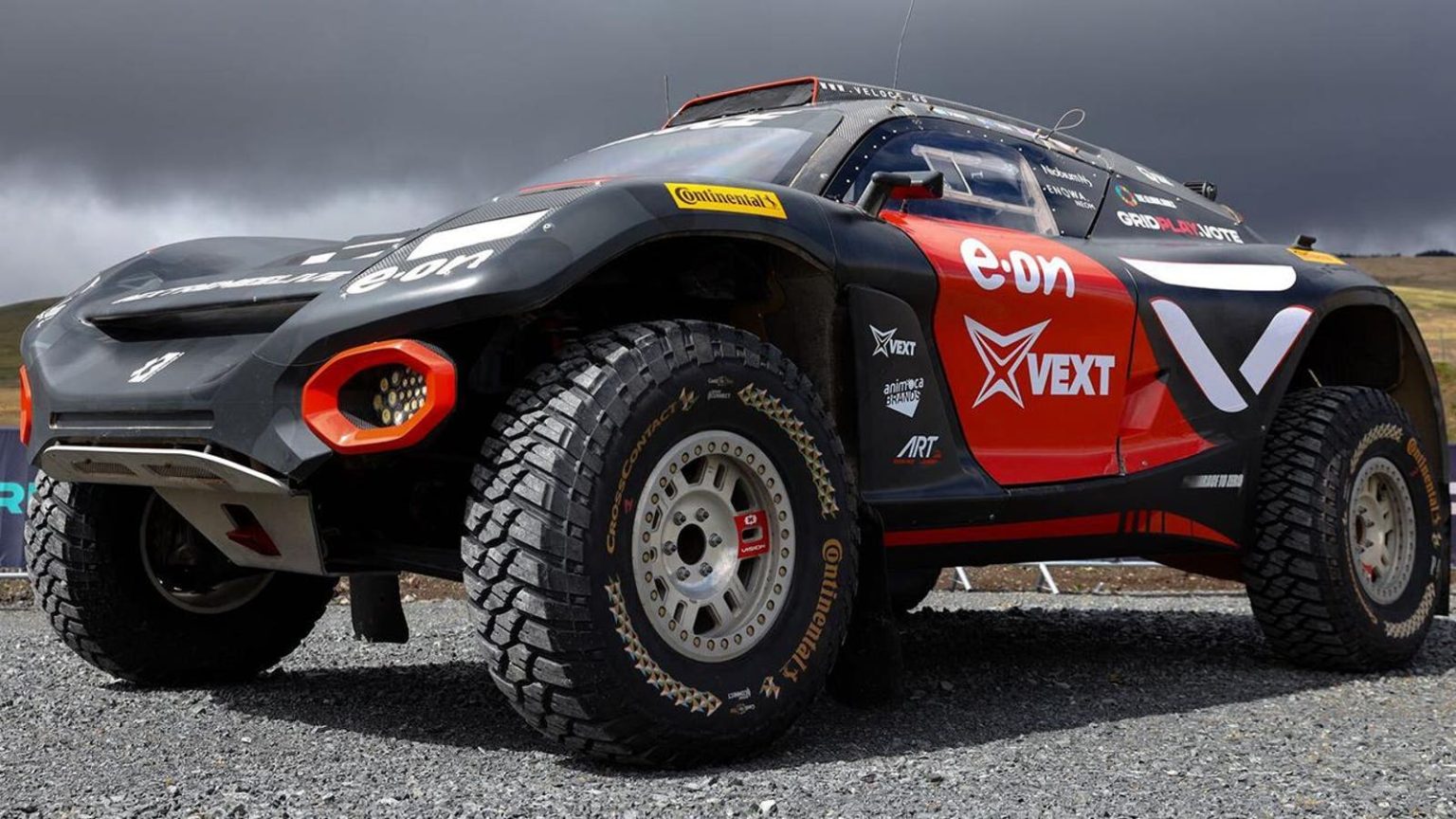Motorsport sponsorship has long been considered an important route to publicity for oil and gas companies. Formula One has Saudi Aramco as a main sponsor, with Castrol and Petronas sponsoring teams. Gulf Oil has partnered with numerous racing endeavours for decades, including F1. But for energy companies that focus on electricity supply and sustainability, promoting motor racing could be controversial. E.ON’s work with Extreme E team Veloce shows how electric motorsport could be key to getting the right message across as we transition to decarbonised energy.
E.ON has had a partnership with Veloce since the latter decided to run a team in Extreme E after the sport was developed in 2019. It’s still the only energy company in Extreme E that sponsors a team directly. The electric SUV series, which races in exotic environments to highlight the risks from and solutions to climate change, is the poster child for motorsport with an environmental purpose.
“Extreme E is a series that is all about sustainability,” says Scott Somerville, Chief Marketing Officer, E.ON UK. “The car is one you won’t have seen before, which adds interest. Despite the sustainability focus, the racing isn’t compromised. In fact, the racing intensity is enhanced by the short format, and then there’s the diversity message on top of that.” Extreme E teams all have one male and one female driver, giving each equal weighting and responsibility for winning. “This makes the partnership with Veloce uniquely interesting.”
Veloce is certainly pushing the boundaries of how a race team is organized and funded. The group started off primarily focused on e-sports and has cornered the market in competitive Formula 1 sim racing. Lando Norris’s Quadrant brand was coordinated by Veloce, and the company runs a slew of professional esports and sim racing teams with a monthly viewing audience of over 65 million across all its platforms. Extreme E was its first venture into real-world racing.
More recently, Veloce has taken an even more radical step in how it funds and runs its group with the release of its VEXT token. This is a Web3 system where the Veloce audience can take a financial stake in the group. Originally launched on the Bybit Exchange in September, VEXT has now arrived on a whole series of other cryptocurrency exchanges, including MEXC, TOOBIT, POLONIEX, BITMART, WHITEBIT, DIGIFINEX and PROBIT.
VEXT promises to involve Veloce fans more directly in group decisions and those of its racing teams. For example, VEXT token holders were recently able to vote on the livery for Veloce’s Extreme E Odyssey 21 car for the final round of races in Chile in December. To have a say on decisions shared with the community, participants needed at least 1 $VEXT in a digital wallet or membership in a Silver, Gold, or Platinum Race Club, which are the VEXT gamified reward pools.
“We were trying to find a different way to promote the energy conversation,” argues Somerville. The combination of motorsport, gaming and women in motorsport provided by Veloce and Extreme E is unique. “The racing is almost incidental, as great as it is. The bits around it really amplify the value.” Veloce’s history in gaming, particularly racing simulations, opens a new area for E.ON. This is a younger generation, likely to be digitally native, who will be driving the future as we take on the challenge of climate change. “Veloce is young, fast, and agile, which exactly aligns with the values we’re trying to present, along with diversity and inclusivity.”
E.ON is on a mission to promote green energy technologies in the UK. The company sees the jobs and skills potential of the net zero revolution as key for a solid economic future. This has led to a 15-year project with the city of Coventry to help install renewable energy sources among other decarbonization activities, and another with the Queen’s Medical Centre in Nottingham that leverages heat pump technology to improve efficiency and reduce energy bills. E.ON also recently brought the millionth renewable energy plant online in Germany, and has been helping Edinburgh Zoo install a “solar meadow”.
Energy utility companies are moving from lurking behind the scenes to playing a key role in delivering the services consumers need to change the way they power and heat their homes, which are essential for comating the rapidly evolving effects of climate change. This means promoting their brand profile amongst those who are pushing most strongly for that change, which is where combining forces with a rapidly growing and future-facing company like Veloce is so valuable.
According to Somerville, E.ON is very happy about how far Veloce has progressed since its inception in 2018, culminating in the launch of VEXT and the injection of $50 million by Gem Digital. Along with E.ON’s contributions, this will allow Veloce to continue with is rapid growth. The Extreme E team is still in with a chance of the title despite a disappointing second weekend’s racing in Sardinia. But even without a championship win, Veloce is helping E.ON show the leading role energy utility companies will have in decarbonizing the future.
Read the full article here





